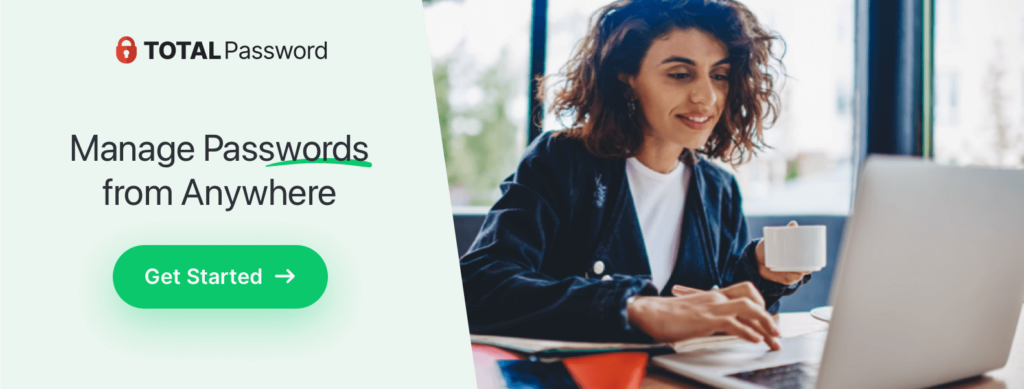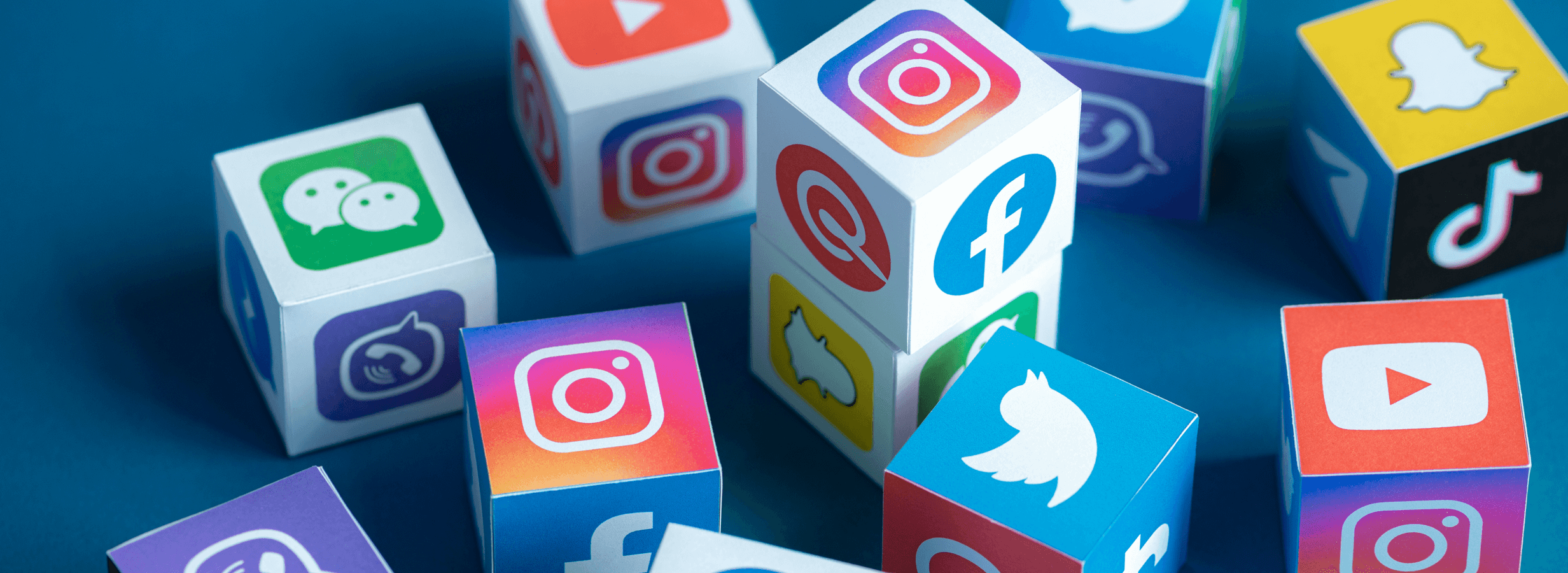While social media helps to keep us all connected with friends and co-workers, and up to speed with the latest news and trends, the threat of our accounts being hacked always looms large.
The reason is obvious: social media accounts contain a lot of personal information about us. And once compromised, the stolen data could be exploited directly by the hacker – and even sold on the dark web.
5 Red Flags of a Hacked Social Media Account
Keeping a close eye on any strange or unexpected changes across your social media accounts and devices can increase your security, enabling you to act faster and stop any further damage.
Here are some of the most common signs of a hacked account, plus the actions to be taken to recover and prevent future attacks.
1. Unusual Activity on Your Account
One of the most obvious signs that a social media account has been hacked is uncharacteristic and strange activity, including:
- Posts and stories you’re certain you didn’t publish
- Messages sent to your friends you didn’t send
- New friends, followers and connections you didn’t accept
Remember, hackers don’t just steal personal data – they also use compromised accounts to spread phishing links and malware. So, if your friends notify you of any unusual activity from your profile, this could be a sign that someone else has control of your account.
2. Unauthorized Changes to Your Account Information
Another clear sign that your social media has been hacked is if you discover that your account information has mysteriously changed. For instance, it may now have a different:
- Email address, phone number, location address, or other details, that are unfamiliar to you
- Account recovery options info (including those listed above)
- Username or display name, unfamiliar to you
- Profile picture, bio and new photos, also unfamiliar
Hackers will often prioritise altering account info in an attempt to lock out their victims, making access all the more difficult. With this in mind, be sure to act fast if you suspect foul play.
3. Your Password Doesn’t Work
With so many different passwords stored in our heads, they can be easy to forget. But if you can’t access an account while entering a password you’re certain is correct, this could indicate that a hacker has changed your password.
Furthermore, if you still can’t regain access to your account after clicking ‘Forgot Password’, this is likely a red flag that not only has your password been changed, your recovery email and contact number may have been as well.
4. Login Alerts from Unfamiliar Locations or Devices
Most marquee social media companies offer users activity notifications, allowing their platforms to alert you about logins from unfamiliar locations, devices and browsers.
If you receive an alert concerning an unusual login, don’t ignore it – instead, change your password immediately, and then log out of all sessions across all devices to ensure the hacker gets locked out.
Moreover, remember that keeping a watchful eye on your account’s recent login attempts (in Security Settings) is a great way to help identify any suspicious activity.
5. Emails or Notifications You Didn’t Request
Whenever you make a significant change to your social media account, platform providers typically issue emails and notifications confirming the action.
If you receive one of these, notifying you of a security-related matter such as a password change or login attempt, it’s a sign that a hacker is likely triggering the alerts while trying to breach your account.
If you suspect the worst, don’t click on any links in any suspicious emails you receive – instead, focus your attention on visiting the platform’s official site or app to verify and secure your account.
How to Secure Your Social Media Account
If you believe your social media account has become compromised by a cyber criminal, here are several key actions you should now perform to take back control:
- Change Your Password: Ensure your new password is strong and unique, and consider using a password manager, such as Total Password, which can securely create and store passwords.
- Log Out of All Sessions: Now that you’ve changed your password, it’s best to log out from any connected devices to make sure no third party threats are still connected.
- Enable 2FA (Two-Factor Authentication): This adds an extra layer of security to your account, requiring a verification code to be sent to your phone or email, making hackers’ lives harder.
- Review Account Settings: Carefully check your settings for any changes a hacker may have made to your account info, such as linked email addresses, phone numbers and recovery options.
- Check for Malware: Run a full security scan on all of your devices using a reputable provider, such as TotalAV, to ensure no logins-stealing malware or spyware has been installed.
- Contact the Platform’s Support Team: If you’re unable to gain access to your account, don’t panic as major platforms typically have specialist recovery teams who can assist.
Preventing Future Hacks
Now that you’ve taken back control of your social media account, you should strongly consider implementing some of the following preventative measures to reduce the chances of a future breach.
- Be Wary of Phishing Scams: Be very cautious when it comes to any suspicious emails and messages claiming to be from real platforms, as they could contain links to phony websites designed to steal your social media logins.
- Regularly Update Your Passwords: In addition to keeping your passwords strong and unique, it’s wise to create new passwords periodically throughout the year, making any would-be hackers’ efforts all the more difficult.
- Limit Personal Info Shared Online: Since cyber criminals are on the lookout for users who ‘overshare’, try to limit the amount of personal information you make public on social media, in both text and media-based posts.
- Monitor Account Activity: Make a habit of overseeing the logs for your social media account logins (in account settings) and don’t ignore any security alerts you receive, to stand a better chance of spotting any unauthorized access.
- Run Regular AntiVirus Scans: Vigilance coupled with an antivirus suite, such as TotalAV, creates a powerful shield, so be sure to safeguard your devices against malware threats and malicious online activity with automated scans.
A compromised social media account can be a stressful and frustrating time for users, especially if they have been locked out, harmful content has been posted, and malicious messages spread.
However, by recognizing the warning signs of a potential hack, and implementing informed security measures, you’ll be able to promptly react, minimizing the damage to your profile, and building a safer, more enjoyable online experience.




